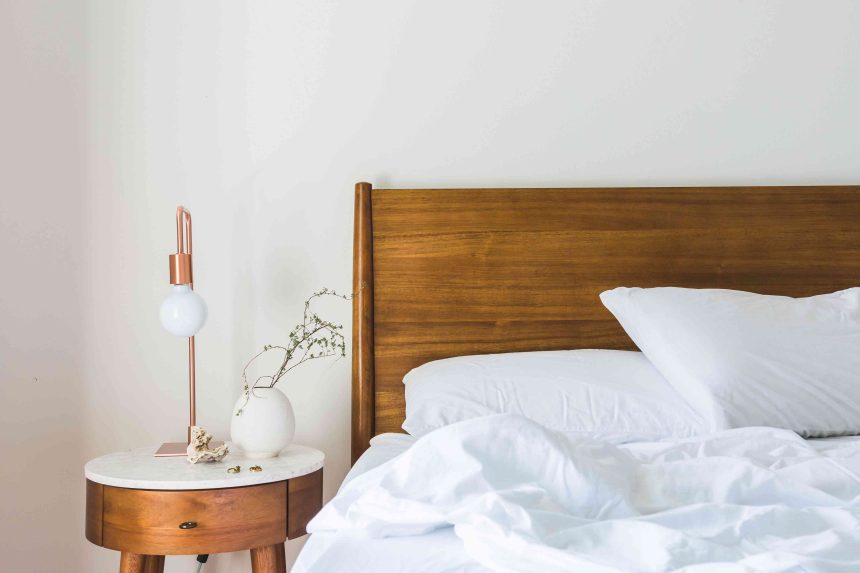Pillowcases become dirty fairly quickly. The reason? They spend roughly eight hours per night exposed to everything from the greases and oils on our skin and scalps to the products we use to keep our complexions and hair looking their best. This is why cleaning expert Mary Gagliardi says washing these bed linens frequently is a must. Ahead, we chatted with Gagliardi about how often to wash pillowcases and some best practices for doing so.
Mary Gagliardi, AKA “Dr. Laundry,” scientist in laundry product research and development at Clorox
Wash Pillowcases Weekly
According to Gagliardi, a good rule of thumb is to wash your pillowcases every time you wash the rest of your bed sheets, which you should do at least once per week. “Some people may want to wash their pillowcases that they sleep on more frequently if they sweat while sleeping, have oily hair or skin, or go to bed with makeup on,” she explains, adding that most of us can get by with the basic cadence. “Eight hours times seven days equals 56 hours of use—even if you don’t sweat or have oily hair, that’s enough ‘wear’ to necessitate washing them with the rest of the sheets.”
Different Fabric Types
Gagliardi notes that most textiles require the same weekly attention, so your pillowcase’s material isn’t a determining factor on washing the piece more or less. “The point is that pillowcases used for sleeping need to be washed regularly, so soils, body oil, sweat, and makeup don’t build up and become even more difficult to remove,” she says. “Satin sheets need to be washed just as frequently as cotton percale or cotton flannel sheets.”
The Right Laundry Cycle and Detergent
It’s important to use the correct laundry cycle and detergent for bedding, says Gagliardi; this, she adds, is where most of us fall short. “People often reach out for advice on pillowcases that just won’t get clean, and it turns out they are washing in cold water and not using the appropriate bleach along with their detergent,” she explains. “Pillowcases need to be cleaned very thoroughly, so using hot water, a heavy-duty cycle for longer agitation, a good detergent with enzymes, and the appropriate bleach for the fabric and color will make a huge difference.”
What About Pillow Shams?
Some of your lesser-used pieces can go longer between washes. “Decorative pillowcases (like those that match a comforter cover) generally aren’t always used for sleeping on directly, so they only need to be washed along with the comforter cover to keep the color uniform,” Gagliardi says. Speaking of keeping the color uniform: Gagliardi notes that washing your pillowcases and sheets together can keep your linens looking better for longer. If you need more frequent changes, keep a second set on hand so you can switch them out midweek; put the original pieces aside to wash your entire bedding load together later on.







